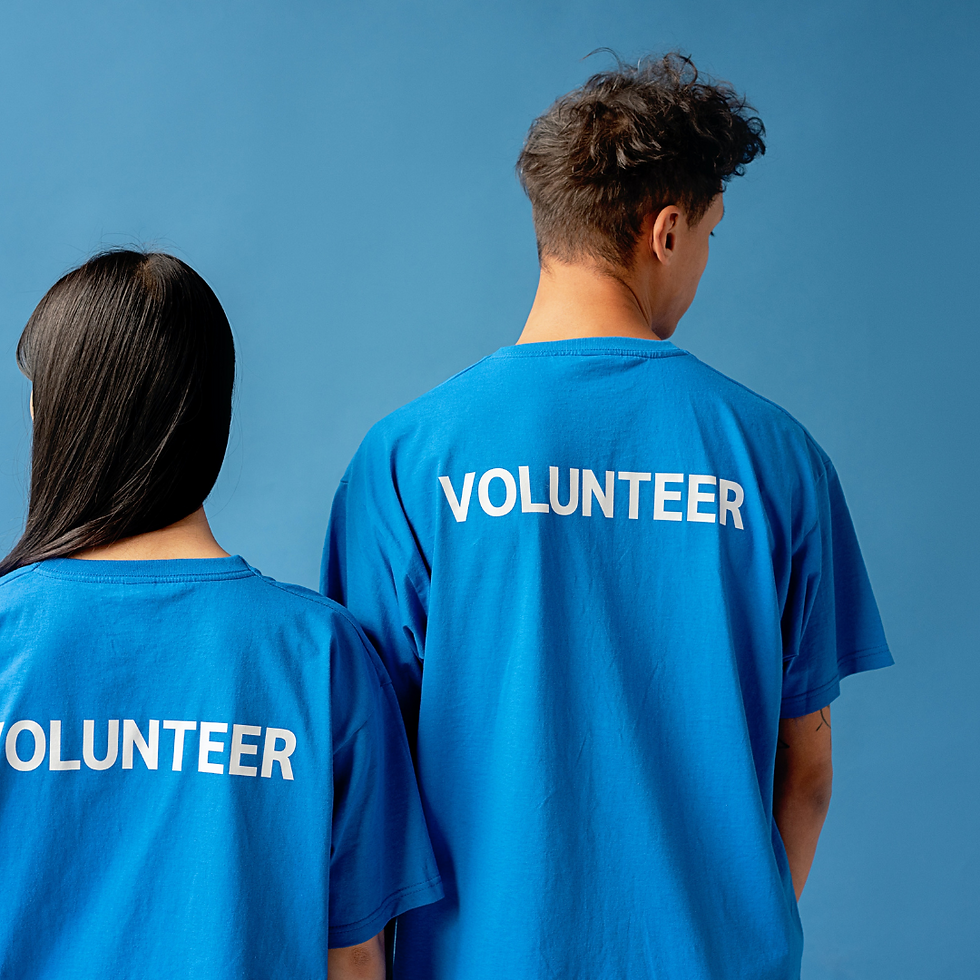Education's Influence on Sustainable Development Goals and The Future of Fashion
- Joe morgan
- Apr 4, 2022
- 4 min read

Our world, our nations, our communities and our personal lives are all faced with a looming threat. The threat may impact your life, or you may not think it impacts you at all - however it is ever-present. This threat is not a singular issue, rather a collection of shortfalls of society; these can be poverty, inequality, poor education or climate change. You may be thinking, surely it would be ‘threats’? No. The issue we face is interlinked in such a way that they increase the impact of others.
The United Nations have recognised the reality of this situation, and have recognised the relation between these issues and have devised a call to action. The 2030 Agenda for Sustainable Development outlines 17 Sustainable Development Goals (SDGs) which highlight the barriers to resolving these issues. The goals have been developed with a recognition that the improvement of society is not something that can be done as an isolated case - it is all linked. These 17 goals aim to resolve three major areas of inequality and crisis: economic, social and environmental.
A key focus for the achievement of the goals is that the process is not something that can be done in singular instances, there is no prioritising goals over each other, the action must be taken everywhere. Additionally, the resolution requires the cooperation of the personal, industrial and institutional forces involved in the creation and exacerbation of the issue.
The shared responsibility of resolution in the fashion industry
The fashion industry is one such area in which the SDGs are applicable and relevant. Each of the 17 goals has a strong connection to the fashion industry. The fashion industry contributes to all three highlighted issues - economic, social and environmental. You’d be forgiven for thinking, “how can we even begin to overcome such a monumental task?” Simple - together.
We must work as a society to recognise injustice, unsustainable consumption and inequality. Examples of this at the personal level would be reducing our lifestyles and defying the fast fashion trends of the modern day for the sake of the environment. The industrial side of things should aim to correct any production process that maintains the unsustainable trends, such as reducing plastic use that ends up polluting our oceans. Finally, the political side, of which we have recently seen action with the UN’s COP26 conference, or other institutional changes such as the Bangladesh Accord.
Programmes, schemes or lifestyle changes however are not enough. We all have to make sweeping changes, as issues outlined by the SDGs will only get worse. They often perpetuate one another and re-emerge if left unchecked, and unfortunately are exploited by some groups and organisations. This exploitation and neglect could manifest as minimal wages, reduced equality, dismissal of sustainability and unsafe working environments. Disregarding issues is often indicative of modern slavery, anti-rights and the protections of workers. There is a brutal cycle of social issues which revolves around itself. However, the inverse can be achieved, positive change and progress in one area can spill into progress in other areas.
How improving education can break the chain
To put this into a contextualised perspective, let’s explore how SDG 4 - Quality Education - can achieve the domino effect of positive change in the fashion industry. Initially, we can begin to look at how institutional influence can begin to modify how the fashion world is growing generationally, in turn influencing personal contributions to the industry.
One way we can do this is creating education programmes, and changing the way we think about educating fashion. There is a distinct focus in fashion education on the creative, historical and construction aspects of the industry, however little attention is paid to the incorporation of environmental impact into these studies. Changes such as the utilisation of recycled materials and sourcing environmentally friendly resources, such as dyes and sustainable fabric. This knowledge can be described as ‘sustainability literacy’. This is a big step in designers challenging the industry standards of sustainability. Institutional changes can also build momentum in this regard, as they can enforce restrictions for environmentally unfriendly production.
While brief, a simple change like this to one SDG has influenced changes on a personal, institutional and industrial level, but how does this bleed into other SDGs? Well we have briefly linked to issues such as Climate Action and Responsible Consumption and Production. These are pretty easy targets, and the link is very apparent, as the scale of the sustainability problem is vast. That being said, this absolutely bleeds into issues of labour, social and deprivation.
Environmental impacts can influence the resolution for poverty and inequality. Strong examples of this are the mass water consumption used in the production of fashion. This results in the pollution of water systems, and water waste which contributes to the water crisis. Another key link to education is the progress it can make to reduce inequality. Educating workforces can enable them to confront the exploitation of the industry to fight for fairer conditions and wages. This awareness of the human rights violations will force change to developing an ethical industry which does not rely on exploitation, slavery and child labour.
We can break the cycle
We have made fantastic progress in the SDGs since their inception. However, to keep this progress, and to continue to cultivate a brighter future, we must continue to take action - all of us. If we repeat the mistakes of the past, we risk unravelling the foundations of progress we have laid for the future.



Comments